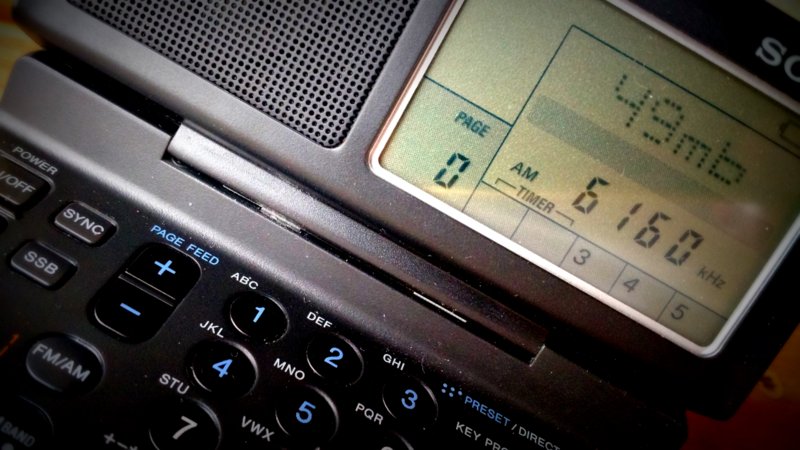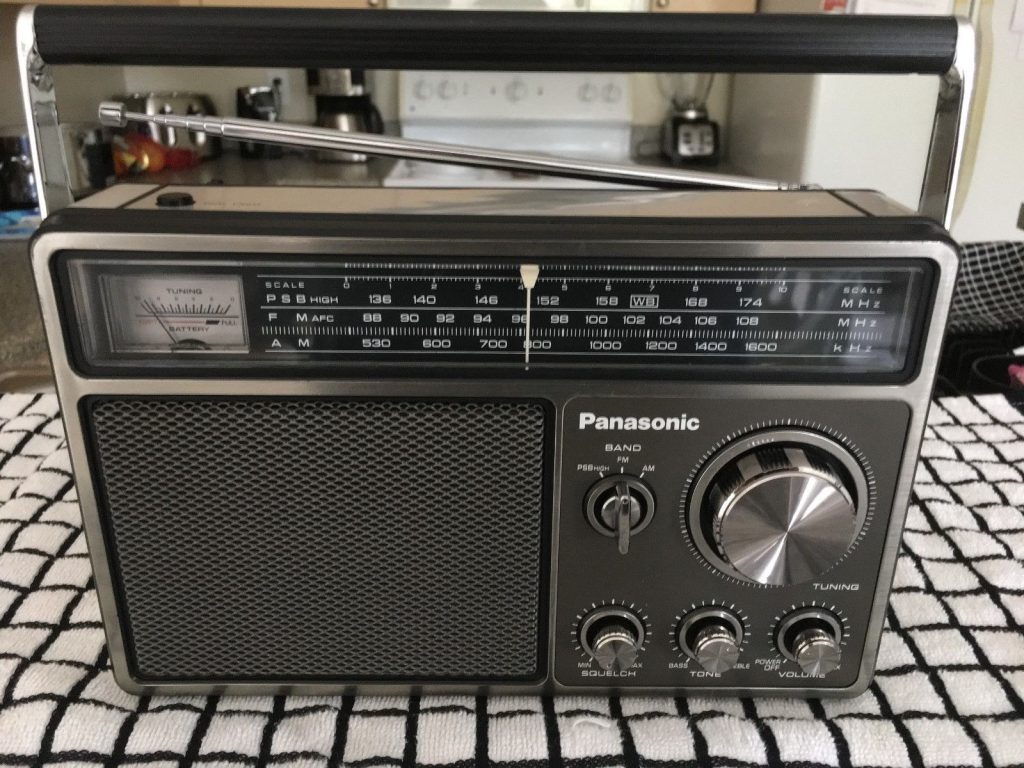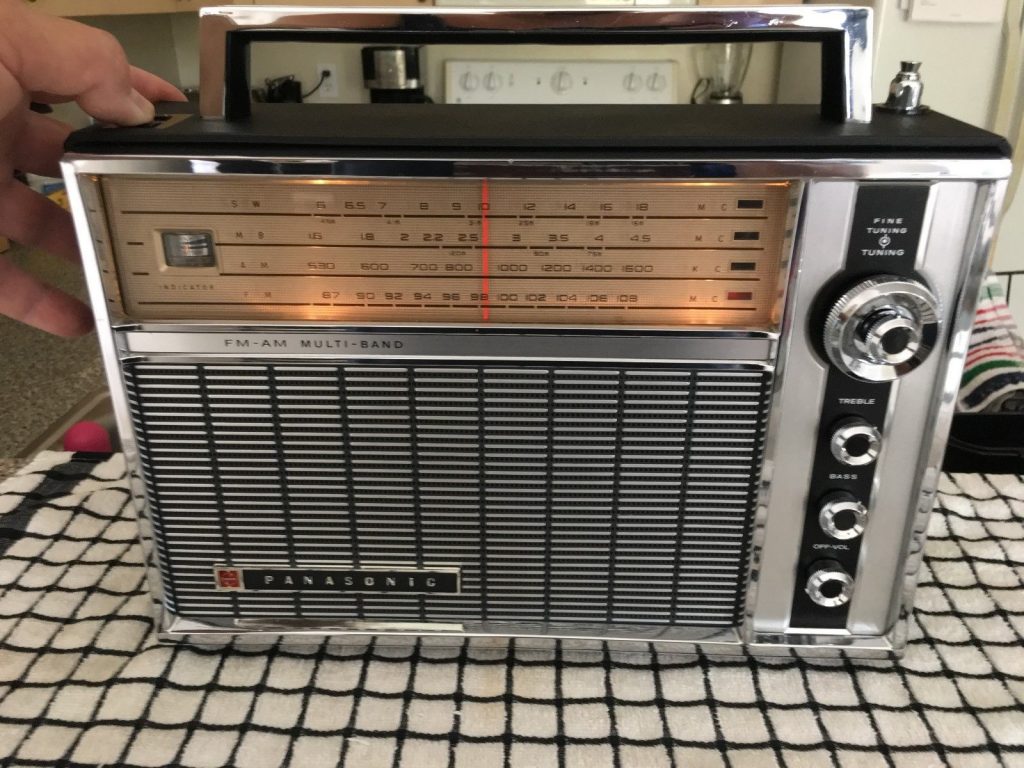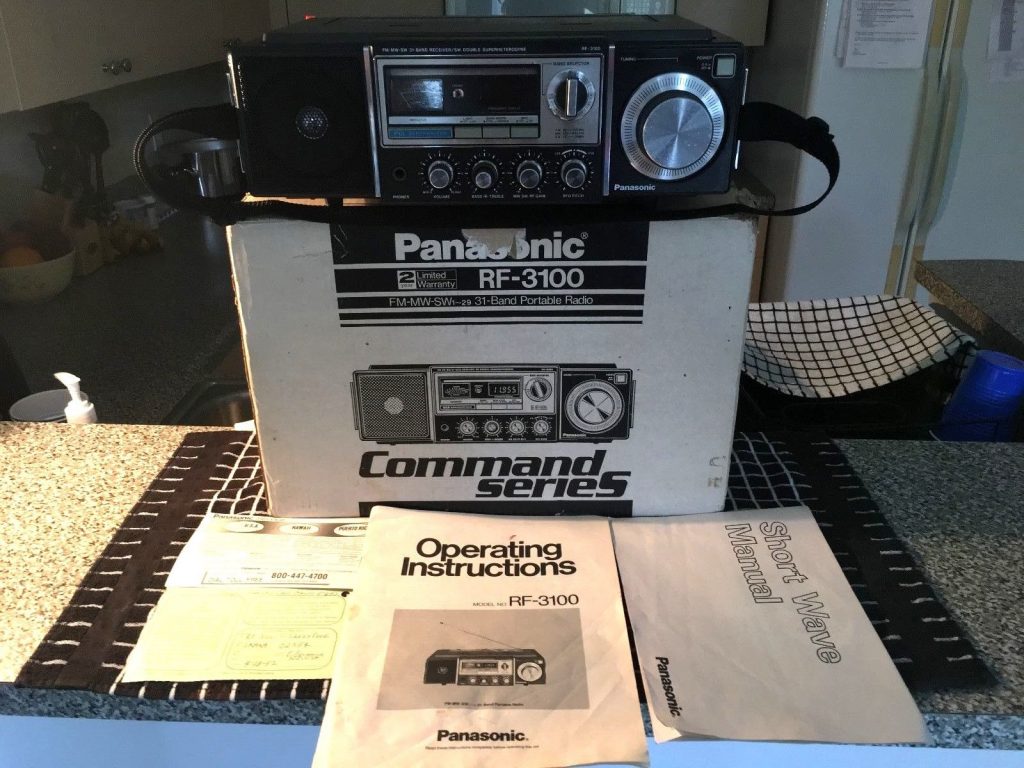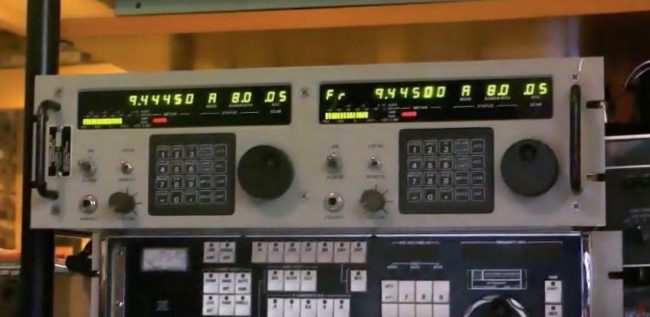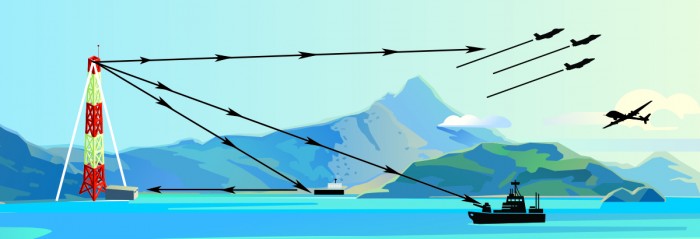NAVAL BASE GUAM , GUAM
08.04.2017
Story by Petty Officer 1st Class Torrey Lee
Commander, Task Force 75
Subscribe 5
Commander, Task Force (CTF) 75 successfully completed communications systems tests using high-frequency (HF) radio waves to broadcast voice and data 6,050 miles from Naval Base Guam to Port Hueneme, California, July 27, 2017.
The assessment tested the capabilities of expeditionary forces to use HF waves to deliver data over the Pacific. HF has become a viable alternative for military forces when more common forms of communication, such as satellites, are unavailable.
“In this particular back-up plan, we tested our ability to talk, and we were able to send text to one of our units that is across the Pacific Ocean,” said Lt. Cmdr. Timothy Carmon, a communications planner temporarily assigned to CTF-75. “The transmissions and receptions are not as fast as IP services, however we were still able to communicate in a timely manner with the distant end.”
Utilizing the assets of CTF-75’s Naval Mobile Construction Battalion (NMCB) 1, the command configured its antennae to broadcast to California. Once a successful voice transmission was received, communication directors at Navy Expeditionary Combat Command Pacific requested that CTF-75 try to send a data file.
“These data files allow us to save time,” said Electronics Technician 2nd Class Anthony Juarez, a communications supervisor assigned to NMCB 1. “We can send general diagrams, fire plans and points of interest. Instead of trying to verbally describe something, they [the recipient] have a graphic or a picture that gives them a better idea of the situation.”
Common communication devices used by the U.S. military incorporate satellites. CTF-75 has been testing HF systems in the case of satellite communication failure. HF is a frequency wave broadcast that is transmitted around the curvature of the Earth. Unlike other forms of frequencies, such as very-high frequencies and ultra-high frequencies, the transmission is not distorted by terrain or physical obstructions.
“We may not always have access to operational equipment or the latest assets, but as communicators we should have a backup plan that is ready to be executed,” said Carmon.
Guam is located in the western region of the Pacific. Having an HF range of 6,000 miles is equivalent to broadcasting from Japan to the U.S., or oppositely, from Japan to the middle of Africa. During this most recent test, CTF-75 was also able to establish communications with Mobile Diving and Salvage Unit 1 in Hawaii.
“We can hop our communications from island to island,” said Juarez. “This test gave us the opportunity to know we can push our system to the absolute max from Guam. There are definitely different systems out there, but our system is really efficient at long-range HF. As new radios are incorporated in the Navy expeditionary community, I have no doubt it will get faster, more reliable and easier to set up.”
CTF-75 is currently testing its communication abilities with subordinate commands which include Seabee units, riverine squadrons, cargo handlers, explosive ordnance disposal technicians, and expeditionary intelligence forces.
“This achievement was an important step in an effort to increase our capabilities to be prepared to execute missions in austere locations around the globe,” said Carmon. “Our expeditionary commanders may never need to communicate over a few thousand kilometers, but if the need arises our communicators will be able to provide the connection for that commander.”
CTF-75 is the primary expeditionary task force responsible for the planning and execution of coastal riverine operations, explosive ordnance disposal, diving engineering and underwater construction in the U.S. 7th fleet area of operations.
Read the full article at the DVIDS hub…
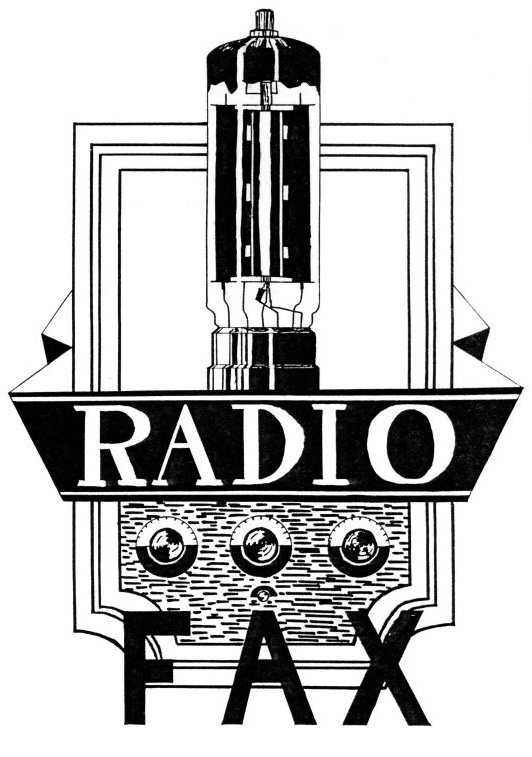 Many thanks to SWLing Post contributor, Christopher Brennen, who writes:
Many thanks to SWLing Post contributor, Christopher Brennen, who writes:

